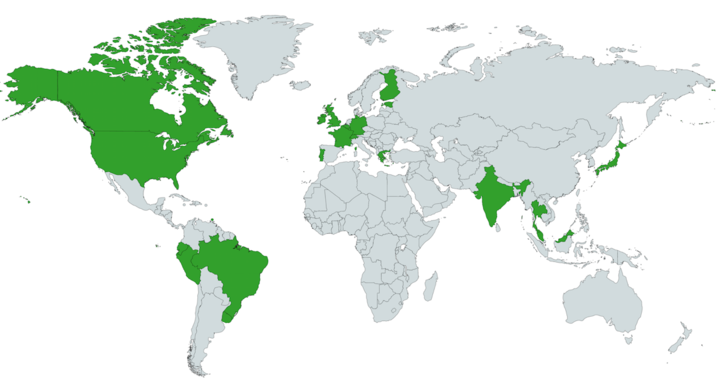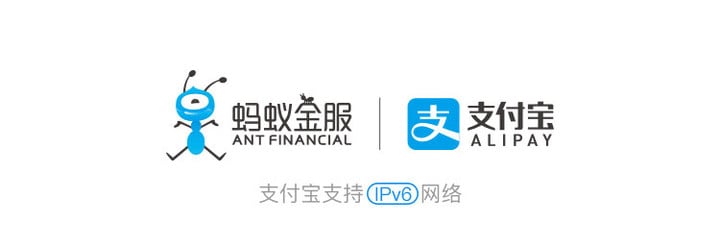The total number of Internet users worldwide has exceeded 4 billion, and IP addresses are finally not enough.
This is the fourth version of the Internet Protocol, namely IPv4. On November 25th, the European Network Coordination Center (RIPE NCC), one of the world’s five largest regional Internet registries, announced that all IPv4 addresses had been used up. IP address allocation and registration in Europe, the Middle East, and parts of Central Asia, whose Declaration wrote:
We allocated the last / 22 IPv4 from the only remaining addresses in the available pool.
Each device connected to the Internet will be assigned a unique number so that it can use the Internet Protocol (IP) for connection and data transmission. This string of numbers is the IP address, and IPv4 is currently the most widely used network protocol. , Has 30 years of history. IPv4 addresses are 32 bits in length and use decimal, such as 192.1.1.1. A maximum of 4,294,967,296 IPv4 addresses are available.

▲ Picture from: Squirrels Blog
However, with the popularization of the network, it is expected that IPv4 will be exhausted. Since 2011, IPv4 addresses have been almost exhausted. The Internet Assigned Numbers Authority (IANA), Asia Pacific, Europe, Latin America The Americas and the Caribbean, North America, and Africa have exhausted IPv4 addresses other than / 8 in succession. In the end, they have to divide up / 8 addresses. Although the method of limiting the number of applications and allocating the remaining fragmented addresses has been adopted, this day is still inevitable. Here comes the ground.
Fortunately, after many years of preparation, the response plan naturally exists.
RIPE says they will reclaim IPv4 addresses used by some closed or closed organizations and reassign them to waiting members. Obviously, this is only a cure for the symptoms, but the most important thing is to deploy IPv6.
The most significant change of IPv6 compared to IPv4 is that the length of the address has increased to 128 bits, and the number of available addresses has greatly increased. In theory, there are 340,282,366,920,938,463,463,374,607,431,768,211,456, which is 340 trillion trillion, usually expressed in hexadecimal, divided into 8 Groups, every 4 numbers are a group, separated by colons, such as:
2001: 0db8: 85a3: 08d3: 1319: 8a2e: 0370: 7344
However, the transition from IPv4 to IPv6 will not be easy. Network operators are still accustomed to using IPv4 and believe that they have enough IPv4 addresses on hand. The technical and cost challenges of deploying IPv6 also make operators tend to wait and see.
In Google’s June 2018 statistics, only 24 countries had more than 15% IPv6 traffic, including the United States, Canada, Finland, Belgium, India, and Brazil.

▲ Pictures of countries with IPv6 traffic exceeding 15% come from: Internet Society
And according to Techradar , IPv6 penetration rates in the US and India It has exceeded 50%, but developed economies such as Norway, Denmark, and Sweden are less than 15%. Instead, emerging economies such as Brazil, Thailand, and Mexico have higher penetration rates. India’s success in IPv6 deployment is particularly noticeable, which is related to the country’s earlier depletion of IPv4 addresses and government promotion.
Who should take this step first, such as website and application content providers and network operators. At present, only 25% -30% of the world’s top 1000 websites can be accessed via IPv6, which are basically all Google, Netflix and other big websites, Apple’s App StoreStarting from 2016, the application is required to be compatible with IPv6. Domestic users are probably familiar with Alipay. Tencent also announced earlier this year that its core products have fully supported IPv6.

Although the existing network will not be suddenly interrupted because of insufficient IPv4 addresses, this still sounds the alarm for network operators and is bound to accelerate the deployment of IPv6.
Title picture from: Unsplash